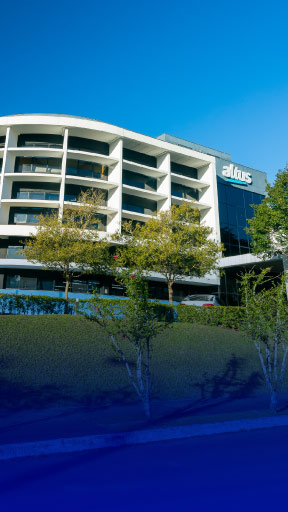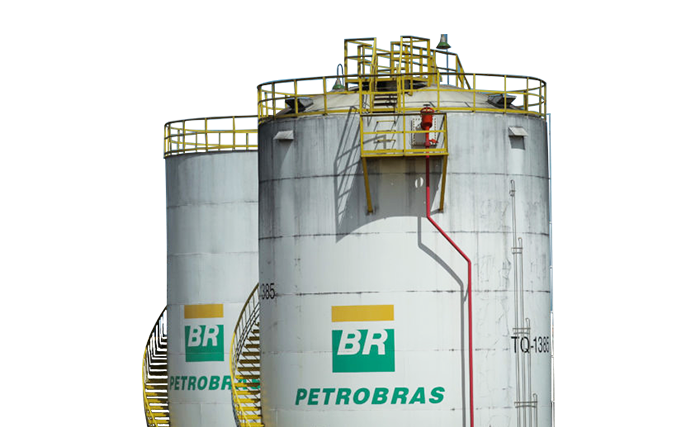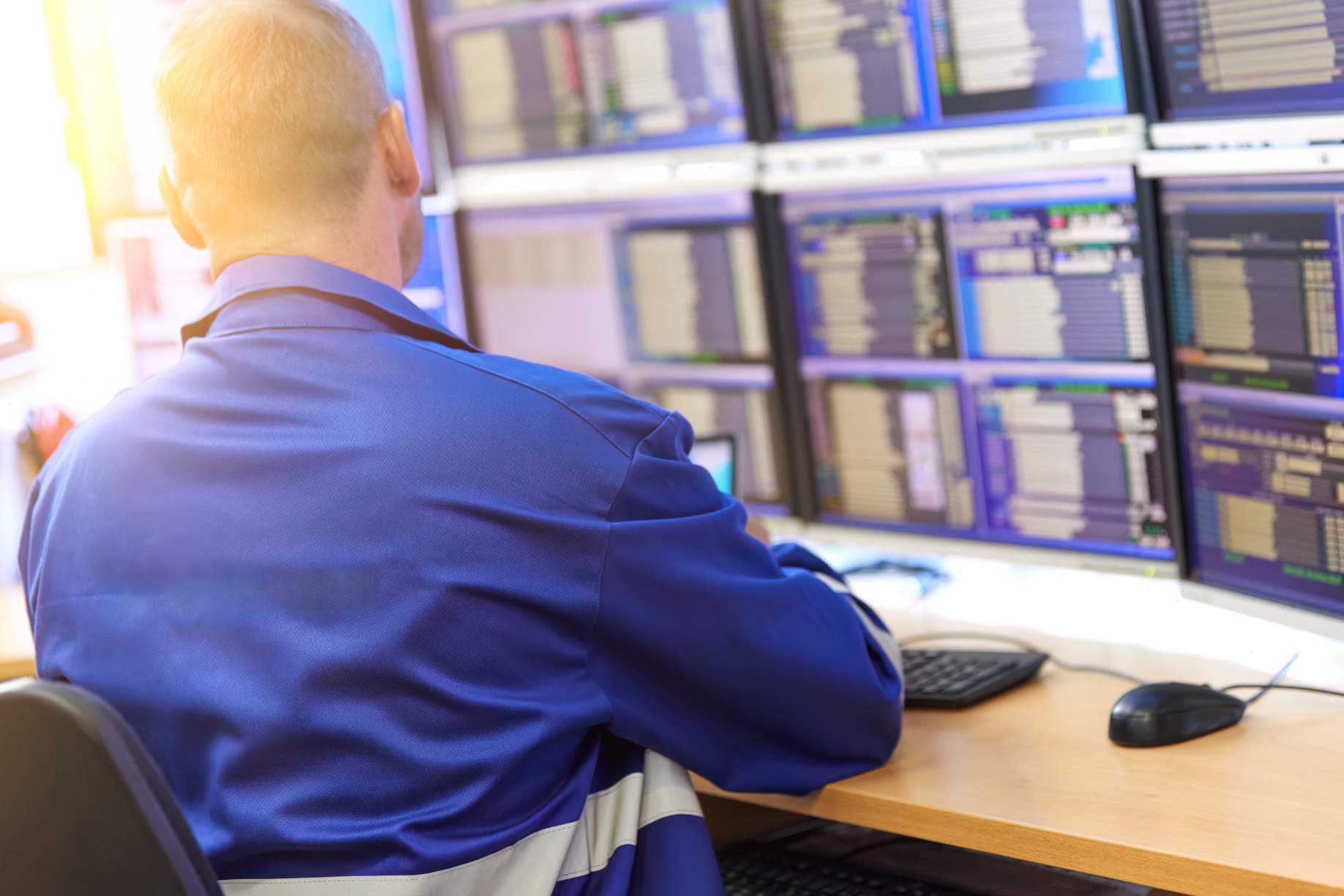Our Products
An exclusive combination of equipment that combines high performance and competitiveness to overcome the challenges of Industry 4.0

An exclusive combination of equipment that combines high performance and competitiveness to overcome the challenges of Industry 4.0

At Altus, we have the necessary know-how to provide integrated systems for the most varied demands of the industrial market

Discover our solutions and discover how our expertise can help boost your business performance

See how we have become a reference in the automation market over the course of our more than 40 years

We are 100% available to solve problems, answer questions and help you optimize the performance of your application.

Get to know our units and find out where to find our sales representatives throughout Brazil
Automation of the Carmo, Rio Taquipe, and Almeida/EIA Oil Collection Units
The new automation system for Petrobras UN-BA was developed to perform data acquisition and integrated control of the operational processes of the collection stations.
The automation system upgrade is designed to improve data acquisition and process control at the Collection Stations, covering key elements such as waste boxes, production tanks, boilers, separators, treaters, transfer pumps, and, in the case of Almeida, water injection systems.
With this modernization, the system delivers greater control precision, real-time monitoring, improved operational efficiency, and reduced failures, ensuring enhanced safety, productivity, and sustainability in operations.

With consolidated and centralized information, the system allows real-time monitoring of the status of assets, identifying failures before they occur and enabling interventions with more solutions, reducing unexpected downtime and improving resources, increasing equipment lifespan and operational efficiency.
It allows for more efficient management planning and detailed control of operations carried out in the plant, integrating real-time field data with strategic information, ensuring greater traceability and compliance in operations.
With automated process control, it is possible to reduce the need for operators per shift, optimizing the use of labor and reducing direct operating costs, maintaining the quality and reliability of the system even with reduced teams.
It allows for easy identification of equipment and the precise location of faults or anomalies in the system, speeding up the response of the maintenance team and reducing downtime, increasing asset availability.

The system developed for the Operations Center enables operators to monitor all subsystems and assess the entire process in real time. They can intervene at any moment, taking direct control of various pieces of equipment, notifying stations of any events, and adjusting control set points by interacting with icons and configured interfaces on the screens.

- AL-2003 programmable controllers with Ponto Series - Ethernet Network Interface (AL-3405 module) - Profibus-DP Network Master Interface (AL-3406 module) - Local Human-Machine Interface (Cimrex 90) - Training in programming and maintenance of programmable controllers - Application Development – Ladder and Local HMI software - System testing on platform - Start-up and assisted operation
Av. Theodomiro Porto da Fonseca, 3101, lote 01 – São Leopoldo/RS – Brasil
CEP 93022-715
© 2025 Altus
Criação de sites pela Agência de Marketing Digital Orgânica Digital.